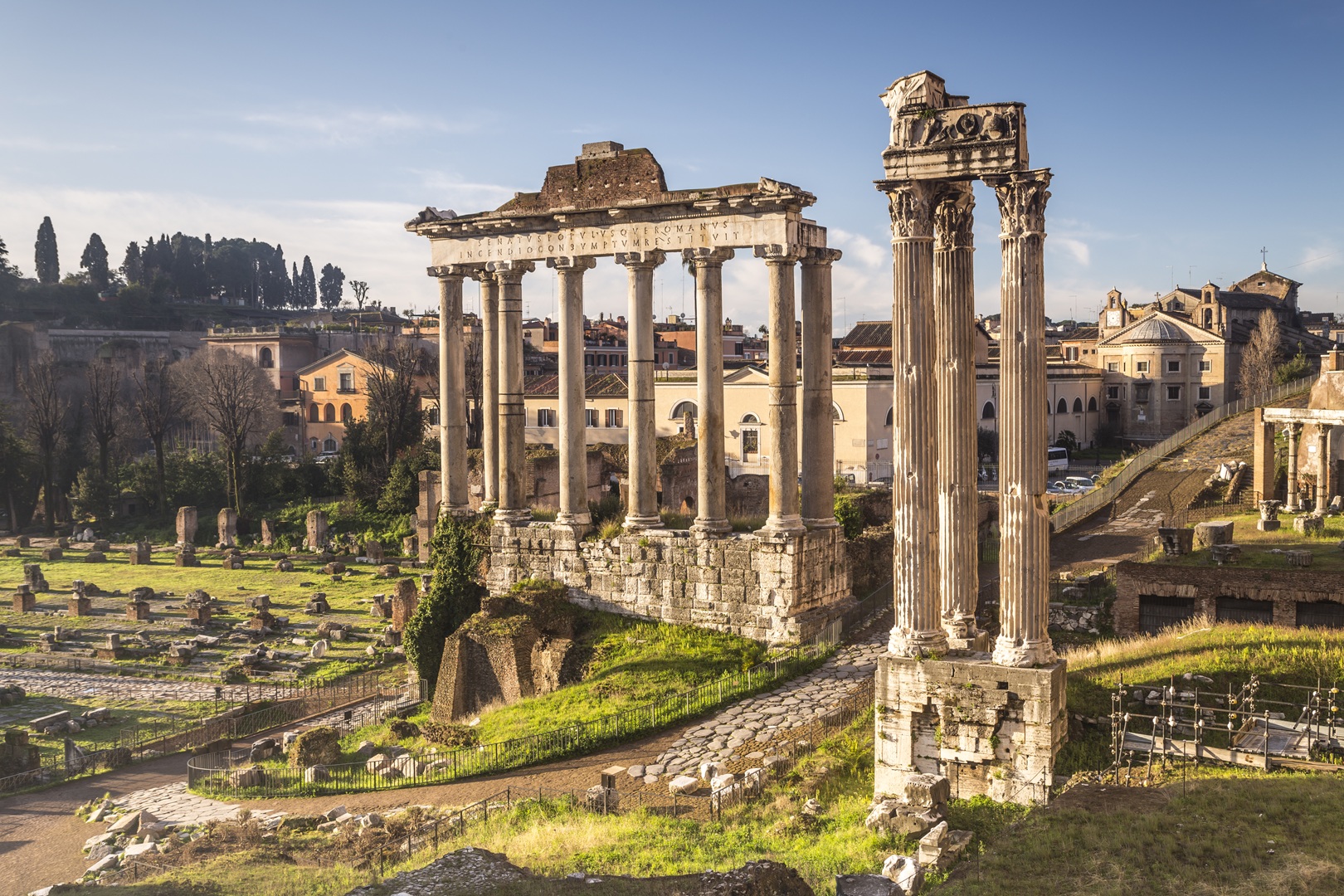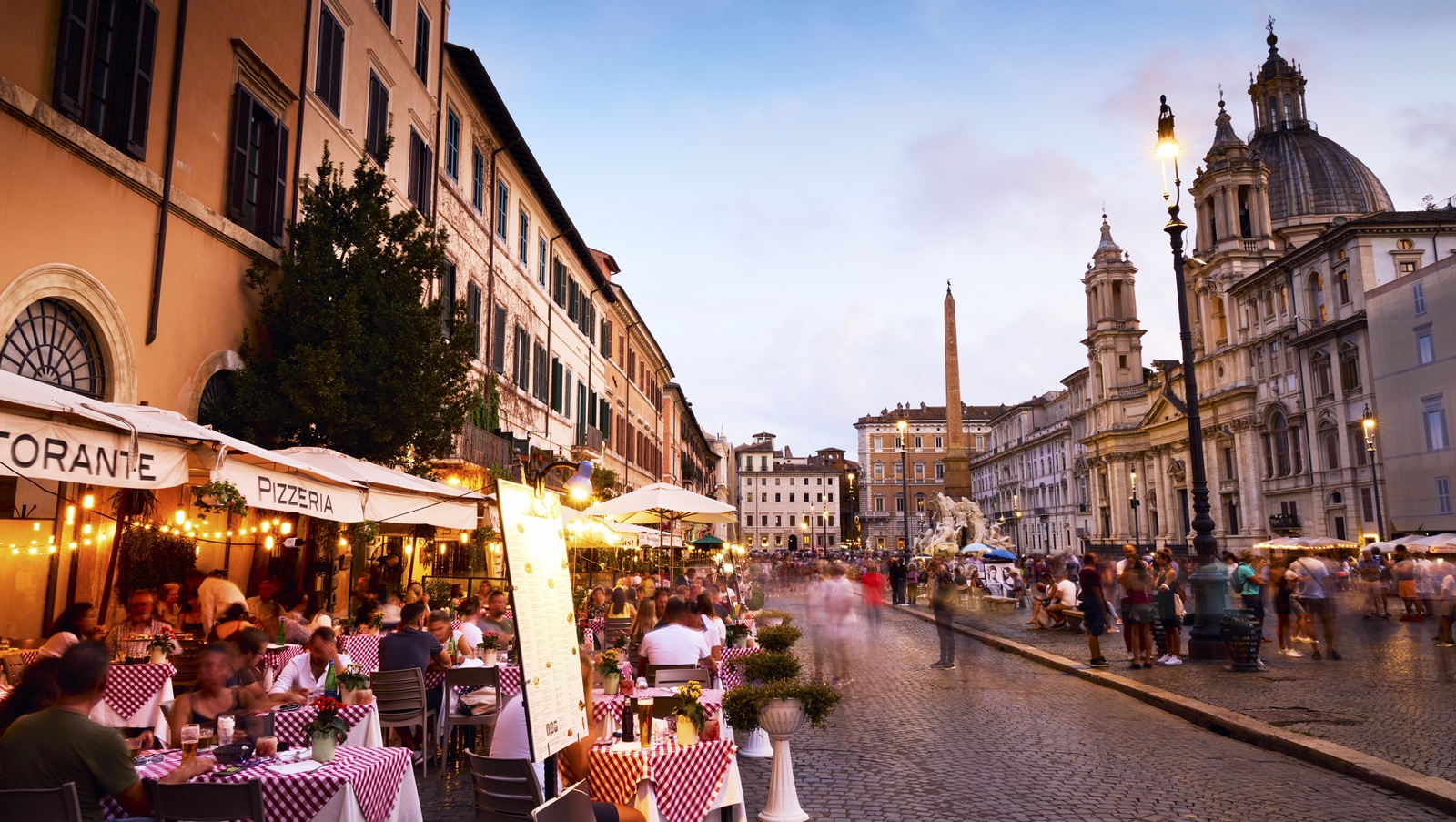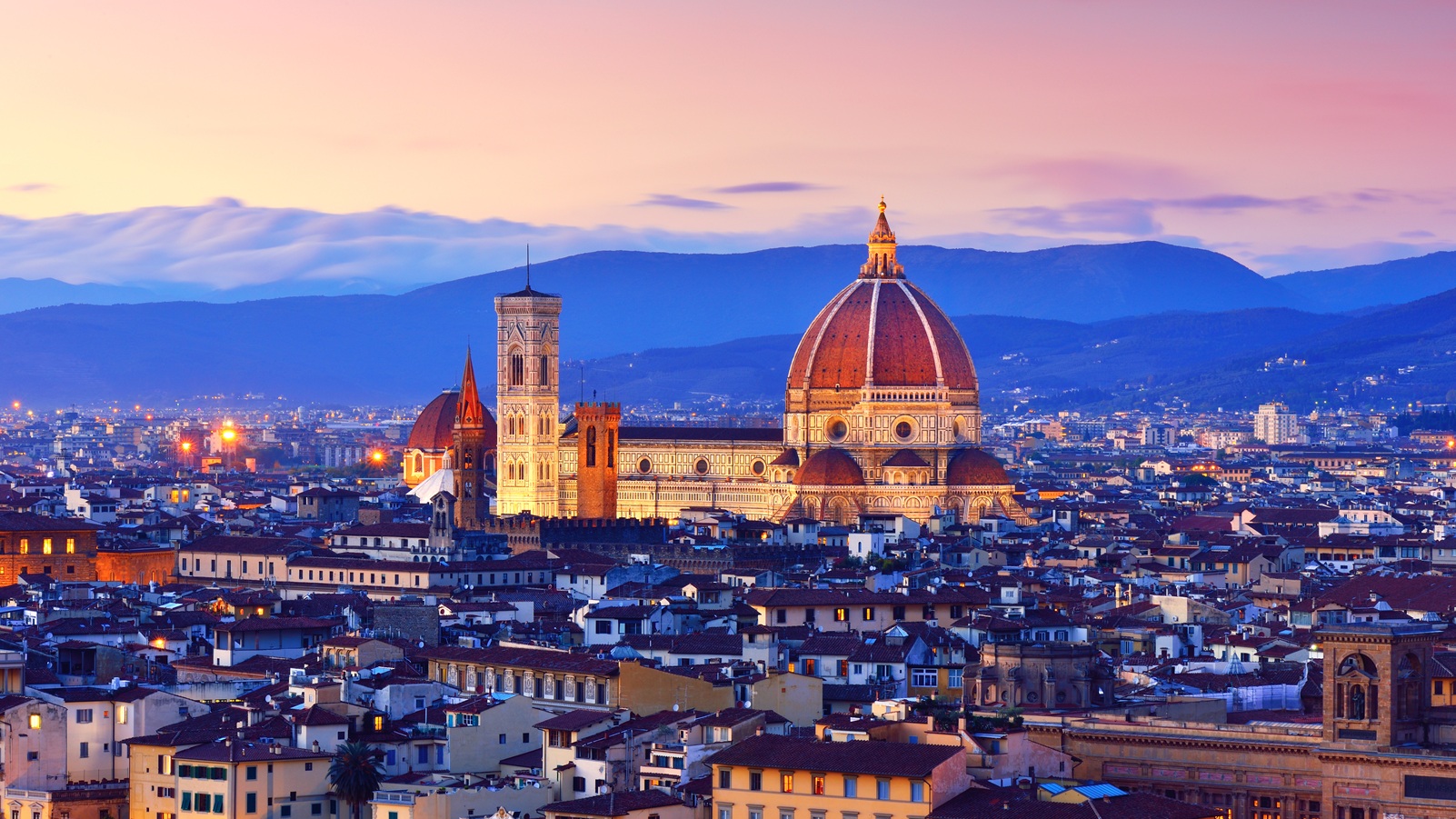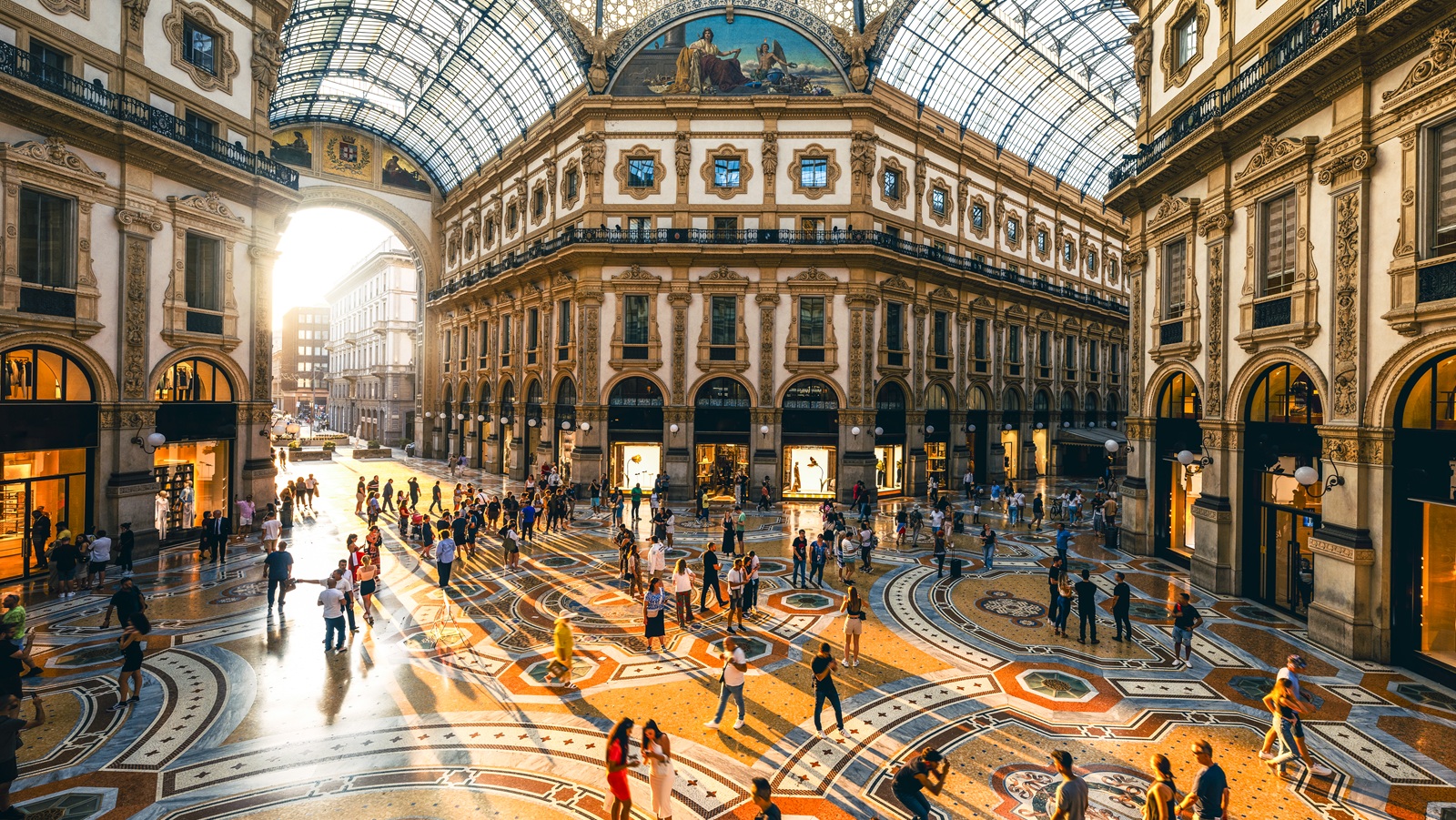How to Plan the Perfect Italian Dream Trip After 60

When retirees realize they’re finally in a position to plan that “bucket list” trip abroad, chances are one of their first destination choices is Italy. The fact is, most people think so.
That’s the takeaway from a recent study from TravelSavers, a travel agency service provider. The survey identifies Italy as the top “bucket-list” destination, ahead of global travel checkpoints such as Alaska, Portugal, and the Dominican Republic.
Why Italy? Travel gurus say Italy is the ideal “trip of a lifetime” because it has just about everything trip lovers want in a single country.
Sign up for Kiplinger’s Free E-Newsletters
Profit and prosper with the best of expert advice on investing, taxes, retirement, personal finance and more – straight to your e-mail.
Profit and prosper with the best of expert advice – straight to your e-mail.
“Start with the vibe,” said Alicia Walter, co-founder with her husband of The Passport Couple, a travel planning services company. “If you want coastal views, rolling vineyards, bustling cities, or a mix, Rome is a great launching point with major international connections and enough history to fill the whole trip.”
Balance that with countryside trips to Tuscany and Umbria and coastal excursions to Amalfi, Cinque Terre, or Sicily, and it’s easy to see why Italy ranks highest as an international travel destination.
“Italy has plenty of places that leave time for spontaneity. Some of our best memories from our trips came from wandering small villages and stumbling into local festivals,” Walter noted. “You can also build in ‘anchor experiences’ like a food tour, vineyard visit, or boat day to add structure to your trip.”
(Image credit: Getty Images)
Planning your Italy trip, step-by-step
Where to start with the stage-setting side of your Italy excursion? Chances are, as a retiree living on a fixed income, you’ll only get one shot at the perfect Italian dream trip. So take your time, get help when needed, and plan each step carefully, with these “must-do” checklist items in mind.
Build a checklist
Start your Italy trip itinerary with a basic checklist, emphasizing key components. Here’s what to include.
Your travel itinerary
Start with your “must-see” Italy destination and the number of nights you’ll spend in each area. “Once you establish a schedule and your flights, then you’ll know all of your airports and travel dates,” said Betsy Ball, co-founder at Euro Travel Coach, a European destination travel services company.
Typically, the best times to travel, depending on where you visit (e.g., northern Italy versus southern Italy), are in April, May, September, and October, when the temperatures range from 65 degrees to 80 degrees, using Rome as a barometer.
Walter advises taking a two-week trip and picking two or three regions to visit. “Try to choose accommodations that reflect each region,” Walter said. “For example, book a trulli ( a traditional Apulian dry stone hut with conical roofs) in Puglia or a vineyard stay in Chianti.”
If unsure, follow the adage that all roads lead to (and from) Rome.

(Image credit: Getty Images)
The first step in planning the perfect Italy getaway is deciding when and for how long you can go.
“For us, the best launching point into Italy is Rome,” said Deanne Haines, founder of the Scenic and Savvy travel blog. “Rome is convenient, with many direct flight options, and is well connected via train to many other Italian destinations.”
Starting your trip in Rome and then branching out from there makes a lot of sense from a logistical standpoint, but Rome isn’t your only option, Haines noted. “Milan can be a great launching point for northern Italy, and Naples can be a great launching point for southern Italy,” she said.
Book your accommodations
Once you have your airports and dates lined up, know the number of nights you’ll spend in each destination (for example, Venice to Florence to Rome to Praiano on the Amalfi Coast). “At that point, you can book your accommodations and match your travel dates,” Ball said.

St. Mark’s Square in Venice.
(Image credit: Getty Images)
Book your activities
Whether you’re taking a guided tour of Rome or hiring a boat to take you around Capri, lock down what you want to do and incorporate those activities into your travel schedule.
“Think about what you enjoy most and what you want to see and do,” Ball advised. “If you like art, history, wine, food, hiking, biking, beach time, culture, a busy schedule, a relaxed schedule, or even a day off, then choose those things you most want to do in each of your destinations.”
Ball also advises choosing one exceptional, culturally enriching experience each day and making plans accordingly. “Remember to leave space in your itinerary for you to discover your own gems along the way,” she noted. “Be sure to experience ‘La Dolce fa Niente’ — the sweetness of doing nothing.”
You can also use Italy’s fast and efficient train system for major cities and rent a car for the countryside regions. “Keep transit days light with just 2–to 4-hours of travel, maximum,” Walter noted.

(Image credit: Getty Images)
Create and maintain a budget
A two-week, bucket-list trip to Italy can be managed for up to $14,000 per person, without including flight costs. However, know that if your budget is tight, you can scale back down and spend as little as $3,000 apiece, if you don’t mind letting go of amenities like that extra trip to Capri or a train trip to spend some time at the Dolomites in northeast Italy.
Expect flights to and from the U.S. to run between $500 and $1,500, depending on the city of departure, ticket seating levels, and departure date (and season).
Spending should focus on experiences rather than luxury hotels. “Italy is all about the food, culture, and atmosphere, so prioritize food tours, cooking classes, and scenic train rides,” Walter said. “We also use travel credit card points to offset flights and some hotels.”
The more affordable, older hotels are usually family-run and include breakfast. “They’re part of the charm of Italy, so don’t miss out,” Walter added.
It’s also okay to be flexible with your Italy travel budget, especially when you’re a retiree living on a fixed income.
“Spend smart,” Carter advised. “If you love sleep, invest in flatbed airfare. If you want that Juliet balcony at the Spanish Steps, prioritize your suite. And shift funds accordingly. Travel budgeting isn’t a constraint, it’s a compass.”

Duomo di Milano Cathedral in Milan.
(Image credit: Getty Images)
Have a travel health plan
Given that the typical retiree is at least a travel day or two away from their U.S. doctor, it is highly advisable to include a healthcare component in your Italy travel itinerary.
“Anyone older or even people with underlying conditions should purchase travel insurance that carries a medical plan alongside,” said Tamar Miller, founder of Italy Awaits Travel, an Italian trip advisory service. “Always understand that ‘medical evacuation’ does not mean to the U.S. or your home country, it simply means to the nearest hospital for your specific issue.”
Good travel insurance should be more than a refund policy. “Your travel insurance should include 24/7 medical concierge, emergency translation, and coverage that considers your existing health conditions,” said LaDell Carter, founder at Royal Expression Travels, a luxury travel agency in Baltimore, Maryland.
Also, bring any medication you take regularly or for emergency purchases. “This means at least a month’s worth of prescriptions,” Miller says.
It’s also a good idea to stay in a hotel with a 24-hour front desk rather than an Airbnb-type property. “This is from my personal experience,” Miller noted. “If you have an emergency or medical issue, hotels usually have a doctor on call or they can assist you with choosing which medical center you need to go to.”
Larger hotels often ally themselves with urgent care facilities for their guests. “If you’re in a rented apartment or house, you’ll rely on yourself in a foreign country to make those decisions,” Miller added.

Florence Cityscape and Duomo Santa Maria Del Fiore.
(Image credit: Getty Images)
Travel mistakes to avoid
In one’s zest to cover as much ground as possible across Italy, retirees risk curbing the fun appeal of their trip. Making mistakes is common on overseas trips, but some mishaps can diminish the Italy experience.
Avoid that fate by avoiding some of the biggest mistakes tourists make in Italy, with these errors at the top of the list.
- Overpacking the itinerary. “Italy is not a country to rush through,” Walter said.
- Waiting for train bookings until the last minute.
- Only staying in the bigger cities. “Some of Italy’s best spots are the lesser-known towns,” Walter notes.
- Underestimating how much walking you’ll do. “Pack good shoes,” Walter advised.
- Not keeping a good pace. A common challenge, especially for first-time visitors, is not knowing how much time to spend in each destination. “While researching places ahead of time is important, it’s just as essential to understand your own travel style and pace,” Haines said. “That way, you can build an itinerary that works for you, not just one that looks good on paper.”
- Not getting help. Possibly the biggest mistake when visiting Italy is not getting professional travel help, at least in a supporting role. “Trying a do-it-yourself trip to Italy is misguided,” Martin said. “AI can’t replace intuition, nor can Google Maps match a guide who’s walked the cobblestones since childhood. Don’t overlook the power of a partner with relationships on the ground,” she added.

People gathered in Galleria Vittorio Emanuele II in Milan.
(Image credit: Getty Images)
The takeaway on your dream trip to Italy
Keeping an orderly and efficient itinerary is a big priority for any retiree trekking to Italy this year. But don’t stick to the script too much.
“Make sure to include room for spontaneity,” said Olivier Heuchenne, co-founder at Insider Villas, a Mallorca-based boutique hospitality consultancy firm. “Whether it’s sipping limoncello at sunset or lingering over pasta with a view, Italy is about feeling the moment.”
Also, don’t skip the local experiences in favor of the big city attractions. “Cooking classes in Assisi, wine tasting near Mount Etna, dinner inside a cliff in Polignano a Mare, these are the memories that last,” Heuchenne added. “Additionally, always make time to simply walk, eat gelato, and soak in the atmosphere.”
Related content
Source link




:max_bytes(150000):strip_icc()/GettyImages-1408317657-487581c286c4457d831f4d80d4b22f26.jpg?w=390&resize=390,220&ssl=1)
:max_bytes(150000):strip_icc()/GettyImages-2209056057-8ce6be54286b4da5a899d17e530eb959.jpg?w=390&resize=390,220&ssl=1)
